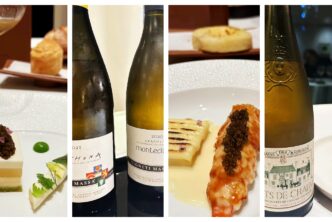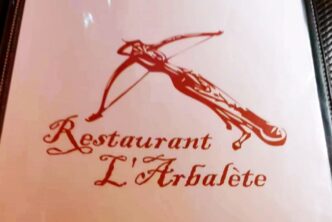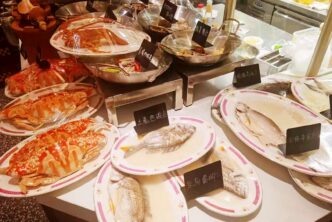Zuma Rome
Via della Fontanella di Borghese, 48
00186 Roma, Italy
Tel. +39 06 9926 6622
The dishes
Spicy edamame (stir-fried soybeans with chili, ginger and garlic)
Crispy fried squid with green chili and lime
Maki rolls (spider softshell crab, chili mayonnaise, and wasabi tobiko; spicy tuna, chili miso and yuzu tobiko; spicy yellowtail, sancho pepper, avocado and wasabi mayonnaise)
Spicy beef tenderloin, with sesame, red chilli and sweet soy
The wines
Mosnel NV Franciacorta Rosé 92
Charly Nicolle 2021 Chablis Premier Cru Aux Fourneaux 90
D’Araprí 2019 Metodo Classico RN Puglia 92
I Clivi 2022 Ribolla Gialla A Tessa Venezia Giulia 94
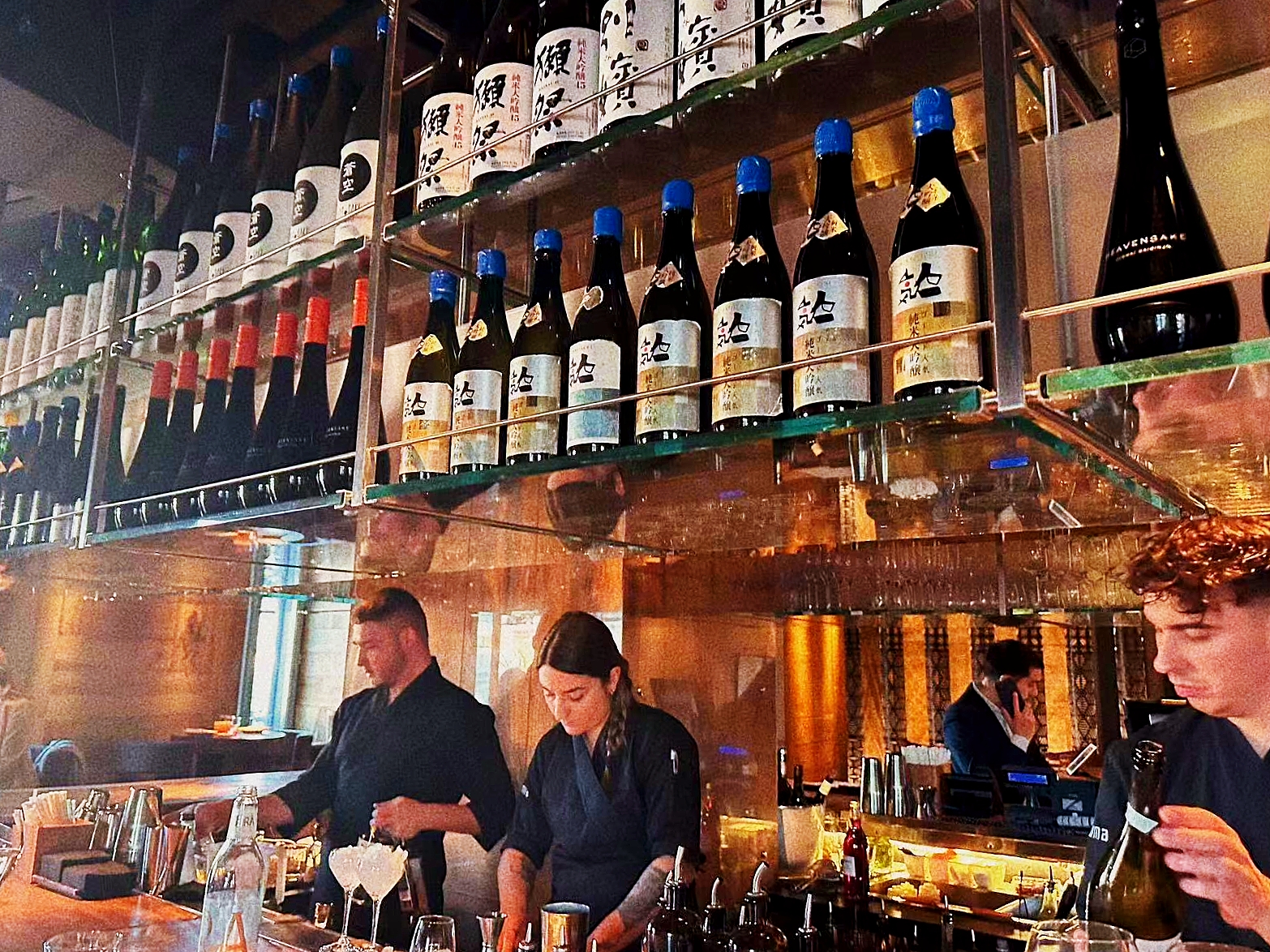
Zuma Rome is part of the galaxy Zuma dining spots co-founded by Divia Lalvani, Rainer Becker and Arjun Waney in 2002 with locations now distributed all over the world. The Zuma in Rome boasts a magnificent setting over two stories in Palazzo Fendi right in the heart of Rome’s historic city center. The top floor is the terrace, where you can go for drinks (but note that no reservations are taken for aperitifs -between 6-7PM- and after dinner, from 11PM onwards) or dinner, but choosing from a slightly smaller menu (for example, without nigiri sushi choices). The cuisine is the typically advertised Japanese izakaya (meant for sharing) style, though for the most part the creations are neither typical nor traditional renditions of Japanese dishes, as the Zuma website honestly acknowledges (“authentic but not traditional”. No matter, the food at Zuma Rome is quite good and gives you a reason to go to the restaurant, besides the beautiful, refined sleek décor and upscale design, not to mention the gorgeous and comfortable terrace. The wine list is also good (if expensive at the higher end). So all that is really good. Unfortunately, at least on my last visit at Zuma Rome, the service was really bad: beyond slow, to the tune that even getting the wine list back to our table, so that we could choose a second bottle, took close to twenty minutes. If you’re fine with that, then you’ll love Zuma Rome, like many of the young and not so young couples dressed to the nines that flock to the place. Unfortunately, those of us who don’t leave social media-dependent lives and look at substance beyond useless glitz and empty glam, will be unimpressed, and most likely, will never be back.
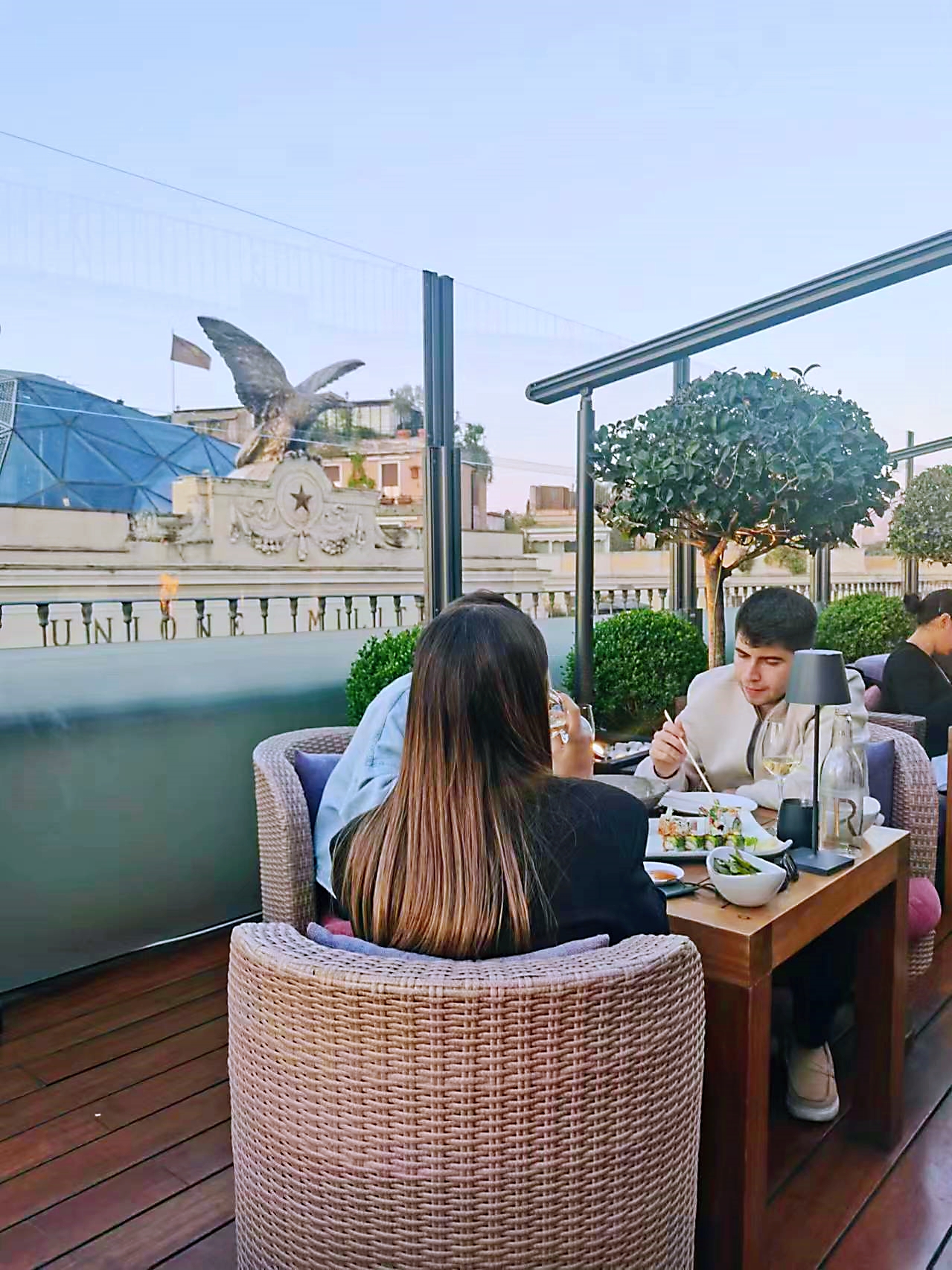
But, at Zuma Rome, the food really is good, delicious even. The spicy edamame (stir-fried soybeans with chili, ginger and garlic) is fun and yummy to much on while you wait (and wait) for your other dishes to make it to the table. The crispy fried squid with green chili and lime were perfectly fried (no trace of grease) though I would have liked the lime presence to be a bit more pronounced for greater freshness and make the fried nature of the dish less heavy; but that is a matter of personal preference, and there’s really nothing wrong with this perfectly cooked and delicious dish. The maki rolls are fine, fresh and tasty: among others, we tried some really satisfying bites of the spider softshell crab, chili mayonnaise, and wasabi tobiko; spicy tuna, chili miso and yuzu tobiko; and spicy yellowtail, sancho pepper, avocado and wasabi mayonnaise. Last but not least the spicy beef tenderloin, with sesame, red chilli and sweet soy, was hearty and flavourful, if up there on the sweetness scale; then again, if you order this dish you have to expect a certain degree of sweetness and so no surprise here. The meat, like all the ingredients used at Zuma Rome, are first-rate and make the dishes sing with even greater ease than they would otherwise.
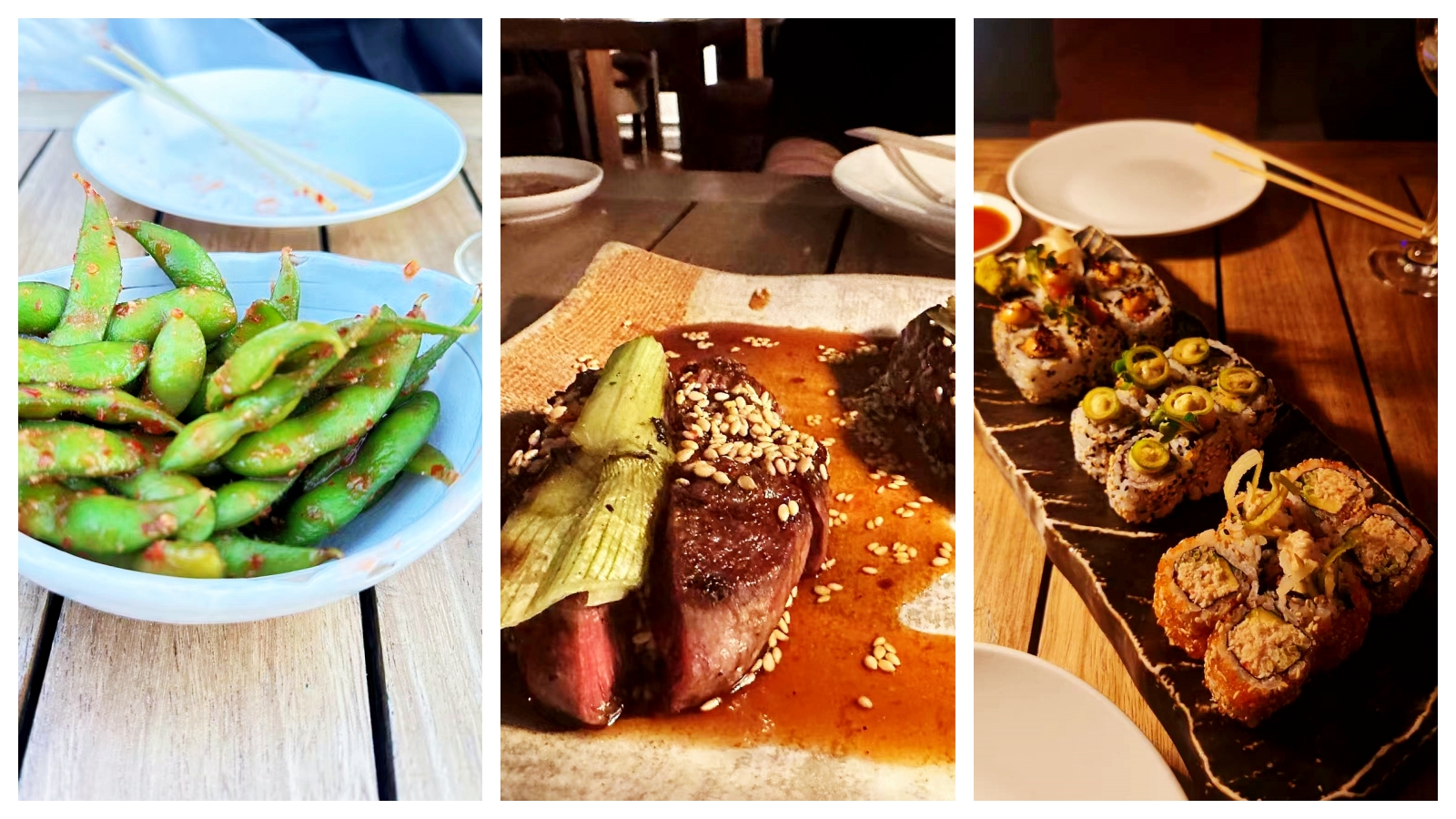
As mentioned, the wine list is well-constructed and offers something for everyone, and every wallet. Clearly, in places high on Instagram-ness and photo-worthiness such as this one, given the crowd they attract, high-end famous bottles (think of the Dom Perignons of the world) get priced up into the stratosphere, but at Zuma Rome you don’t need to go there for other fine drinking choices await that won’t have you breaking the bank. While waiting for a table (which admittedly the staff let us have reasonably quickly after sitting down at the long bar), we kicked things off with a couple of glasses of the Mosnel NV Franciacorta Rosé and the Charly Nicolle 2021 Chablis Premier Cru Aux Fourneaux. The former is a very solid Franciacorta bubbly that will usually never steer you wrong. Like all Francicorta Rosés, it benefits from the production zone’s greater number of heat units compared to Champagne, such that these Italian Pinot Noir bubblies (there’s basically little or no Pinot Meunier grown in Italy) are always ripe and well-balanced, without any traces of green elements or gritty tannins that all-too often plague Rosé Champagnes (Champagne is a much cooler climate area than Franciacorta, and despite the generally higher prices and scores that Rosé Champagnes fetch, truth is that Pinot Noir doesn’t always ripen fully there). On the other hand the Franciacortas are never as refined as the best Rosé bubblies from France and Mosnel offers a chewy, tactile rendition of bubbly that is probably better suited to accompanying food rather than going solo as an aperitif. The latter wine is another solid example of its category, with a creamy disposition and plenty of sweetly spicy yellow fruit that will have those who like their Chablis on the bigger and broader side swooning. I’m honestly not the biggest fan of the Aux Fourneaux premier cru, but I will say this is a perfectly satisfìying glass of richer-styled Chablis. On to dinner, and another sparkling wine and still white wine combo, but this time from full 750 mL bottles. The D’Araprí 2019 Metodo Classico RN Puglia is a sparkling wine made in Puglia with the high-acid Bombino Bianco grape variety. As strange as all that might sound top the uninitiated, D’Araprí has in fact been making stellar sparkling wines since the beginning of the new century, and truly knowledgeable Italian wine lovers know better than turn their nose up to them. In fact, they are arguably the best set of sparkling wines made by secondary fermentation in the bottle made anywhere in the country outside of Piedmont, Lombardy and Trentino. So, yes, they really are pretty good bubblies. The RN is toasty and yeasty, rich and full-bodied, but with plenty of harmonious acidity extending the flavours on the long suave finish. The colour is lightly golden-yellow thanks to the first fermentation taking place in tonneaux, while the aromas of puff pastry and toast owe much to the 36 months-aging on the lees. The best wine of the night, and it’s not the first time it happens to me when I go out to dinner, was the steely and mineral, yet quite fruity, I Clivi 2022 Ribolla Gialla A Tessa Venezia Giulia. This is about as sure-fire a “wine-thing” as there is in Italy. The hot 2022 vintage serves Ribolla Gialla well, a rare white grape variety that actually wants heat to perform best: clearly, I’m not talking Sahara desert-like levels of heat, but enough to have the Ribolla Gialla concentrate its flavours and drop its acidity just a tad to give a fuller, richer, rounder wine. I Clivi’s version is that much more remarkable because its Ribolla Gialla vines, at roughly twelve years of age, aren’t really that old (old vines are usually an absolute must with Ribolla Gialla if making very fine, even great wines is the object) and yet deliver in practically every vintage you the subtle notes of tangerine and saffron that are typical of the best Ribolla Gialla wines (and that are usually absent -especially the saffron nuances- in the vast majority of other Ribolla Gialla wines you might try) along with the more common lemony and saline ones.
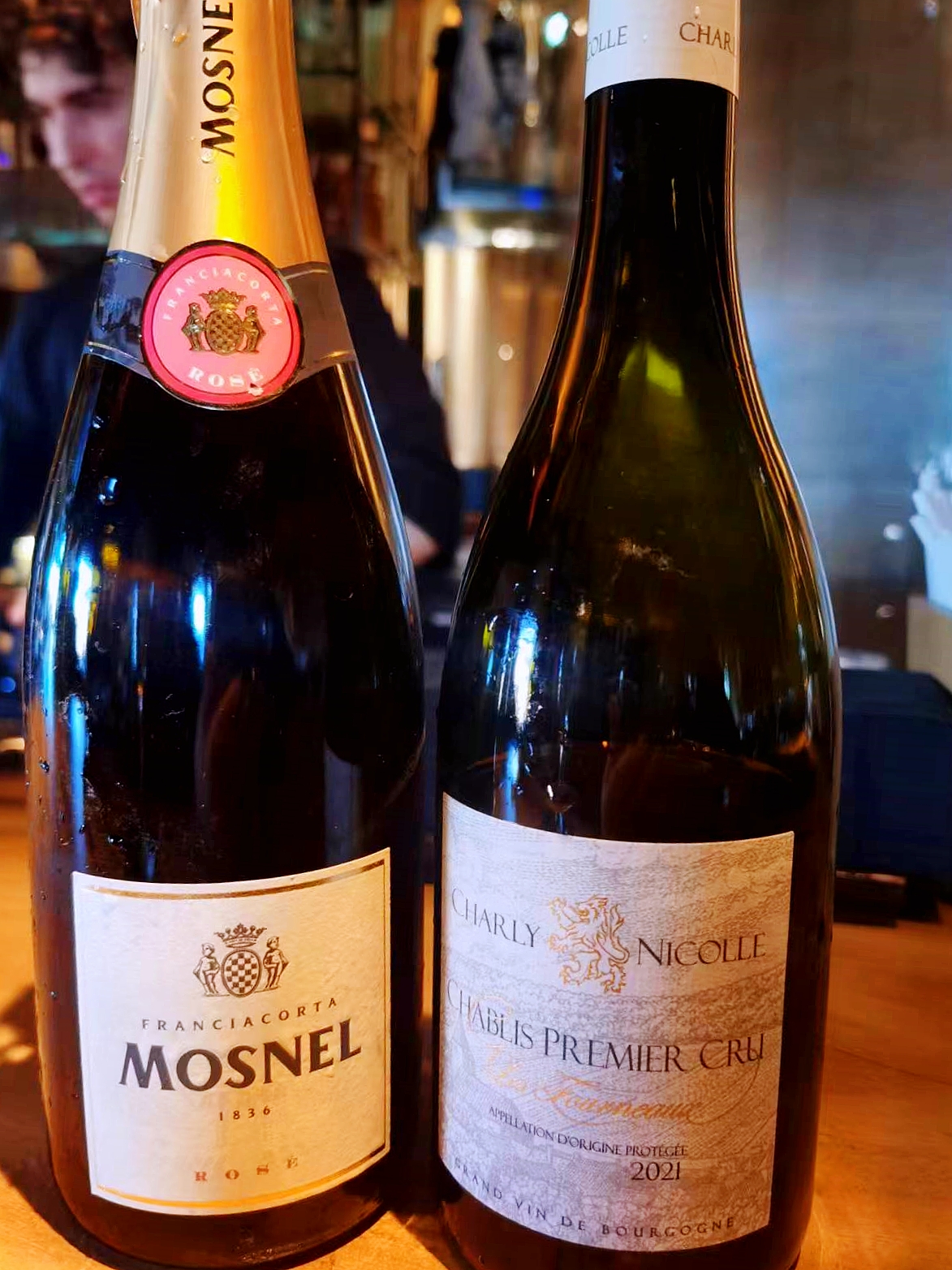
Overall, the combination of the beauty of Zuma’s terrace and Rome’s historic center rooftops, the solid food and wines, and a relatively relaxed setting (out on the terrace, but not so inside near the bar area where the staff talks incessantly and moves around hurriedly) make for a very nice time. Again, our time at Zuma Rome was marred by unacceptably long waits for the food and even getting a simple menu or wine list back to the table for another perusal was a major chore. In fairness, this specific experience may not be typical of Zuma Roma, as it might have been the result of a day in which the restaurant was short-staffed for any variety of reasons. And so, the jury’s out until I go again, or you try for yourself. But just in case you do, arming yourself with patience might be the prudent thing to do.
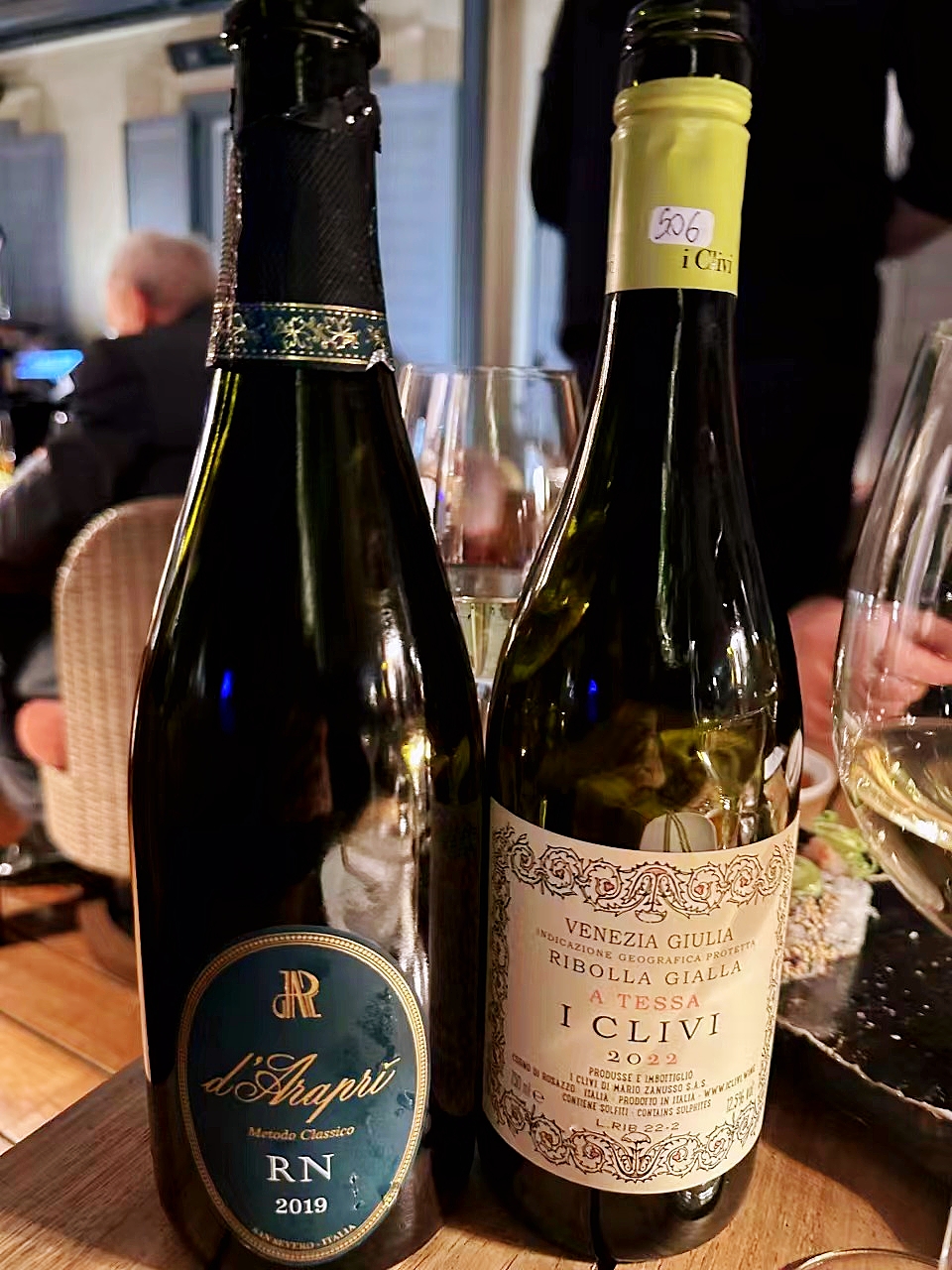

 中文
中文
